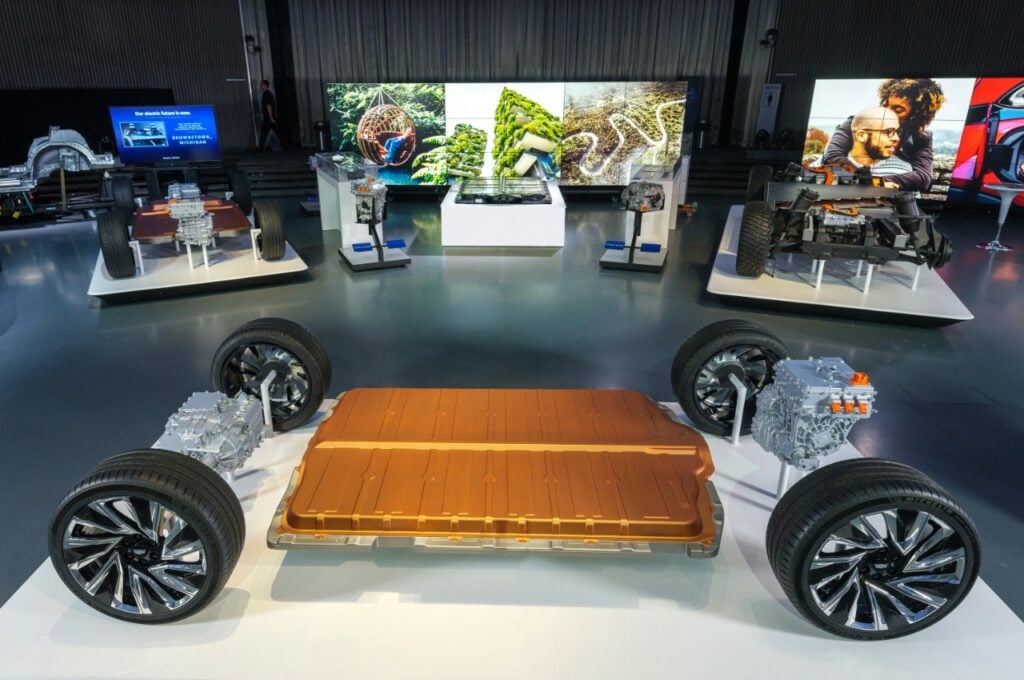
When GM launched its first plug-in hybrid in 2010, the Chevrolet Volt, turning a profit was an uphill climb. It was a time when EVs were a pipedream to most OEMs. Nissan was nearing the launch of the Leaf, the first fully-electric mainstream vehicle ever. Tesla was a nascent startup raising funds by selling the first-generation Roadster. Automakers old and new alike knew that if EVs were to ever become affordable for the masses and profitable for OEMs, the costs of battery production would have to plummet, and battery efficiency and durability would have to increase.
Here we are 12 years later, and GM is ready to launch its first vehicles powered by their all-new Ultium battery platform and propulsion system. Is the platform a technological leap forward? Could it be the key to dethroning Tesla, or is GM after something different altogether? Here’s the latest on what GM claims is the game-changer for mass electrification.
GM Is Banking on the Ultium Battery for EV Domination
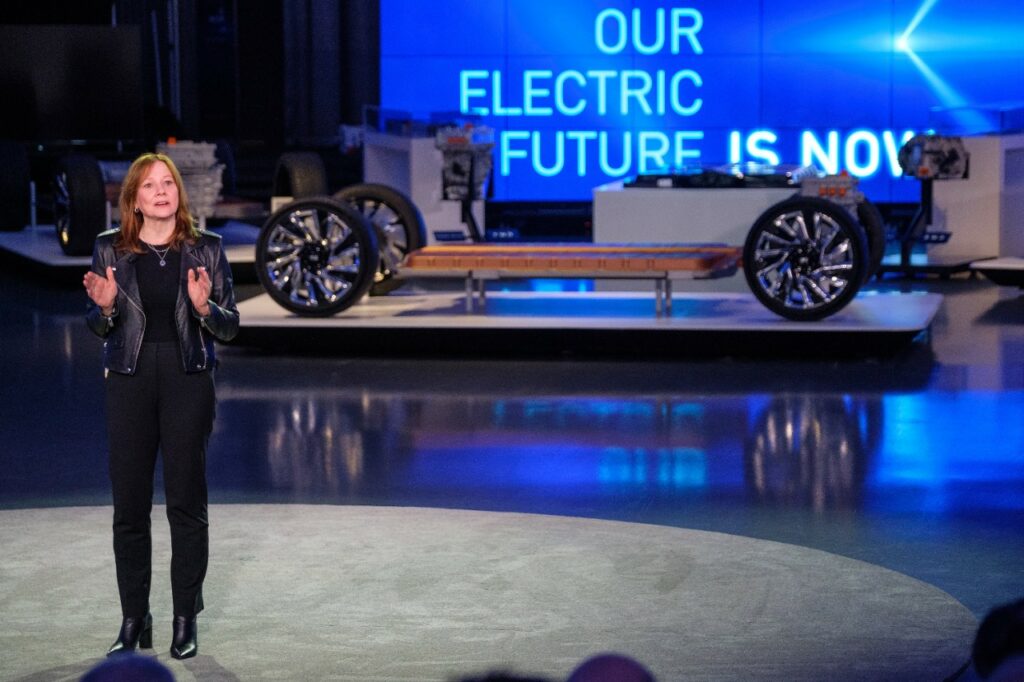
When GM CEO and chairman Mary Barra announced the Ultium platform in March of 2020, there was a lot going on in the world that overshadowed the gravity of her announcement. However, the automotive industry noticed GM’s confidence in its ability to overcome one of the biggest barriers to affordable EVs: battery production costs. Battery capacity is most often measured in kilowatt-hours (kWh). For reference, a plug-in hybrid like the 2011 Chevrolet Volt has a smaller battery, 16 kWh in this case. Today’s popular EVs like the Tesla Model Y, Ford Mustang Mach-E and Volkswagen ID.4 have battery capacities in the 70-80 kWh range.
At the time of the Volt’s launch in 2010, battery costs were about $1,000 per kWh. That meant that the Volt’s 16 kWh battery was the most expensive component of the car. Now, Mary Barra says that the new Ultium platform will be produced at less than $100 per kWh. To date, only Tesla has been known to have reached such battery affordability, and it’s been considered a key ingredient in their secret sauce for success. The press release announcing Ultium didn’t beat around the bush, stating that “the first generation of GM’s future EV program will be profitable.”
Plenty of automakers have ambitious, expensive plans for electric vehicles, but if GM is already there in 2022, are we witnessing a major disruption to the EV segment in real time?
What’s GM’s Strategy?
They’re not going it alone. In fact, all major OEMs partner with battery producers to produce their EVs, from Tesla to Ford. In this case, GM is continuing to work with LG Chem for Ultium development and production (which has already begun). LG Chem is a respected battery supplier for Stellantis, Lucid and even some Teslas.
What could go wrong? You’ve heard about the Chevy Bolt battery fires that have resulted in recalls, stop-sales and $2 billion in expenses for GM? LG Chem supplied those batteries too. LG recently agreed to cover the massive costs of the Bolt recall, perhaps in a last-ditch effort to preserve the business partnership between the two.
The automotive industry usually welcomes second chances (remember the Great Recession bankruptcies, VW’s Dieselgate, etc.?), so let’s hope LG and GM’s partnership results in a great electric platform, one that’s far less flammable this time around.
Ultium Is a Scalable Electric Platform
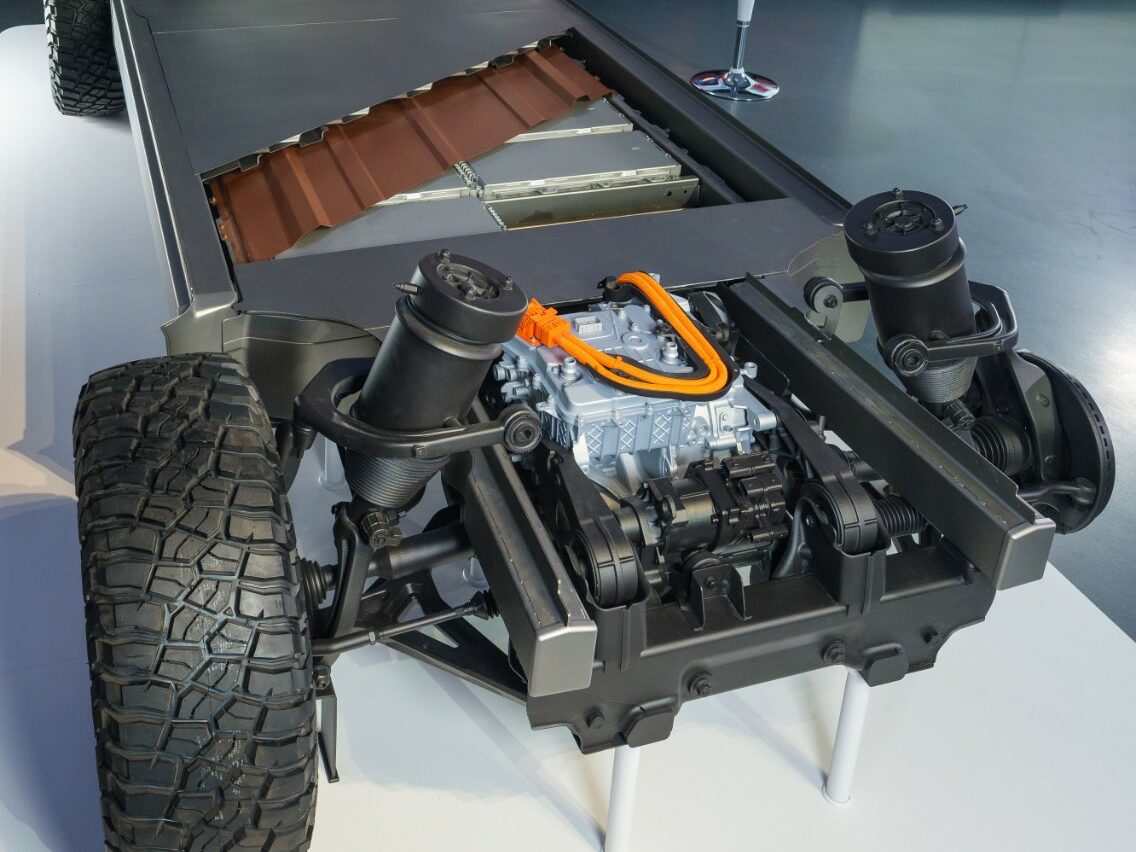
GM says its all-new global platform is flexible enough to build a wide range of trucks, SUVs, crossovers, cars and commercial vehicles all with the same Ultium architecture. They call it a one-size-fits-all approach to electrifying all GM brands by 2035. At the heart of the Ultium platform is a pouch-type of battery module. This is where scalability becomes easy, at least in the eyes of GM’s engineers. Ford and GM are among the legacy automakers who continue to develop pouch-type battery modules, while relative newcomers like Tesla, Lucid and Rivian are using cylindrical batteries in their vehicles. It will be interesting to see which form factor becomes the dominant battery architecture over the coming years.
Ultium Battery Chemistry
The new Ultium battery from GM uses a state-of-the-art Nickel Cobalt Manganese Aluminum (NCMA) chemistry, which was designed to reduce the cobalt content in our batteries by more than 70 percent. Cobalt mining in Africa is notorious for human rights abuses, so the battery industry as a whole is looking to reduce reliance on the element.
GM Is Aiming for Vertical Integration
In the announcement for the new Ultium platform, GM didn’t hide the fact that they see battery production as a new source of revenue. Vertical integration of most vehicle components has been one of Tesla’s most influential strategies in the auto industry. Now GM leadership sees the value of cutting out the middleman (to an extent). “By vertically integrating the manufacture of battery cells, the company can reach beyond its own fleet and license technology to others,” reads the March 2020 announcement. They also tout their ability to leverage existing facilities and equipment for Ultium battery production.
Which Vehicles Will Be Powered by the Ultium battery in 2022?
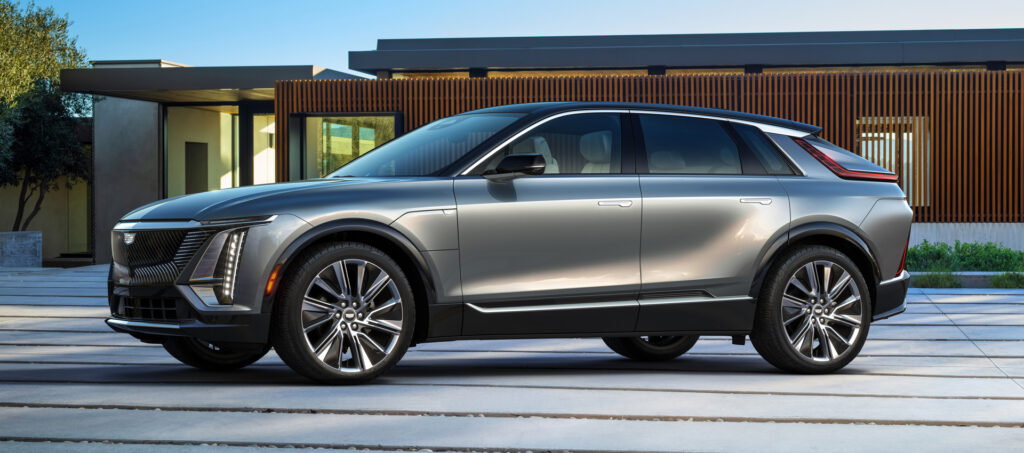
The first generation of Ultium-powered vehicles is already arriving at dealerships. GM just shared the first customer deliveries of the resurrected GMC Hummer EV, a 1,000 hp crab-walking luxury electric truck. In case you’re keeping track, both Rivian and GM have delivered the first electric trucks in America before Tesla has started production of its Cybertruck.
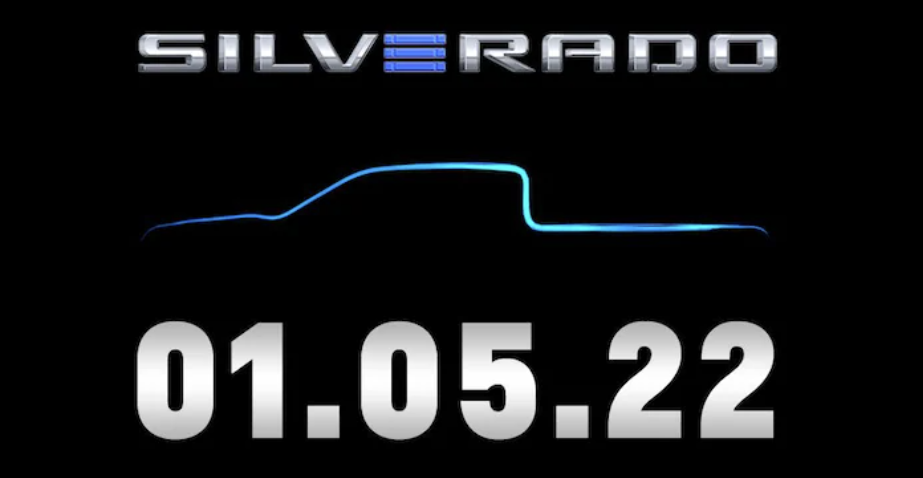
Soon to follow will be the 2023 Cadillac Lyriq electric crossover (starting MSRP of $60,000), which will hit the road in 2022. The real test of the Ultium platform’s market strength will be the Chevy Silverado EV. Electrifying one of GM’s best-sellers is a bold move. We don’t know much about the electric Silverado yet, but GM will unveil the truck on January 6, 2022 at the CES expo in Las Vegas.
GM plans to stop selling combustion vehicles by 2035, so a LOT more Ultium vehicles are surely in the making. Cadillac will be exclusively electric by 2030, a mere eight years ahead. What’s next, an electric Camaro?
CarEdge’s Take: Is It Enough to Catch Up?
Execution is key for GM. We learned in 2008 that no automaker is too big to fail, and a Bolt-like battery blunder can’t happen with the new Ultium platform. Hopefully GM and partner LG Chem have taken the time and due diligence to get it right. It remains to be seen if GM will price its vehicles competitively.
The 2022 Chevy Bolt and Hummer EV are worlds apart in terms of affordability. In fact, the Bolt and Nissan Leaf are the only two popular EVs that typically sell for under $40,000. Will EVs forever be mostly $40k-plus models, or will American soon have Ultium-powered economy options to consider. Only time will tell if consumers are willing to spend Tesla money on a GM EV in 2022. About 641,000 employees work for the big three American automakers (GM, Ford, FCA/Stellantis). With so much money, investment and infrastructure on the line, we sure wish for their success.
CarEdge Just Launched a New Search Engine to Make Buying Your Next Car Easier!
We have thousands of EVs (and other vehicles) listed today. Each listing includes industry insights, empowering data and the true TotalPrice that will make buying a car the transparent process it should’ve always been. Check it out here!













0 Comments